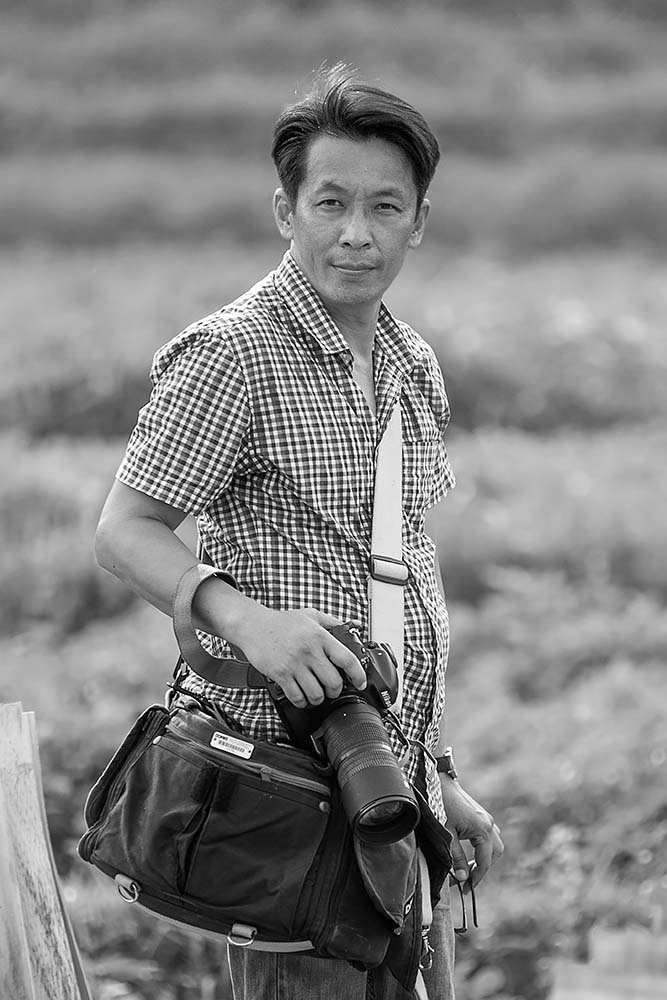Ly Hoang Long was born in 1965 in Dalat, a city located on the high plateaus of central Vietnam. Since childhood, the photographer has been fascinated by colours and images and began his professional career as a graphic designer. He discovered photography in 1993 through a friend, bought his first analogue reflex and two years later, made a dark room in his apartment. One thing led to another and he definitely abandoned design in order to devote his time to his images. With over twenty years experience to his name and 310 international prizes, including that of best travel photographer in 2014 (TFOTY). Several of his pictures also won awards in the same year at the CBRE Urban Photographer of the Year and from National Geographic.
Mud wrestling
Mud wrestling with a ball was a traditional game organized every four year in Van village, Bac Ninh province, the north of Vietnam.
Like basket ball, but instead of the baskets hanging up, here there were two holes (like a goal) and the playing ground was filled up with wet mud, there were 16 players divided into two teams, they competed vigorously to score by putting the heavy wooden ball in their competitors's hole.
The audiences supported all the teams, they were screamming and laughing because the game looked so amusing; it was not easy at all to seized a ball, keep it in arms and run on the slippery surface and cross a barrier of competitors.
After three day-competing, the both teams would gather in the courtyard of the temple to worship their ancestors, the game completely ended in peace and happiness.
